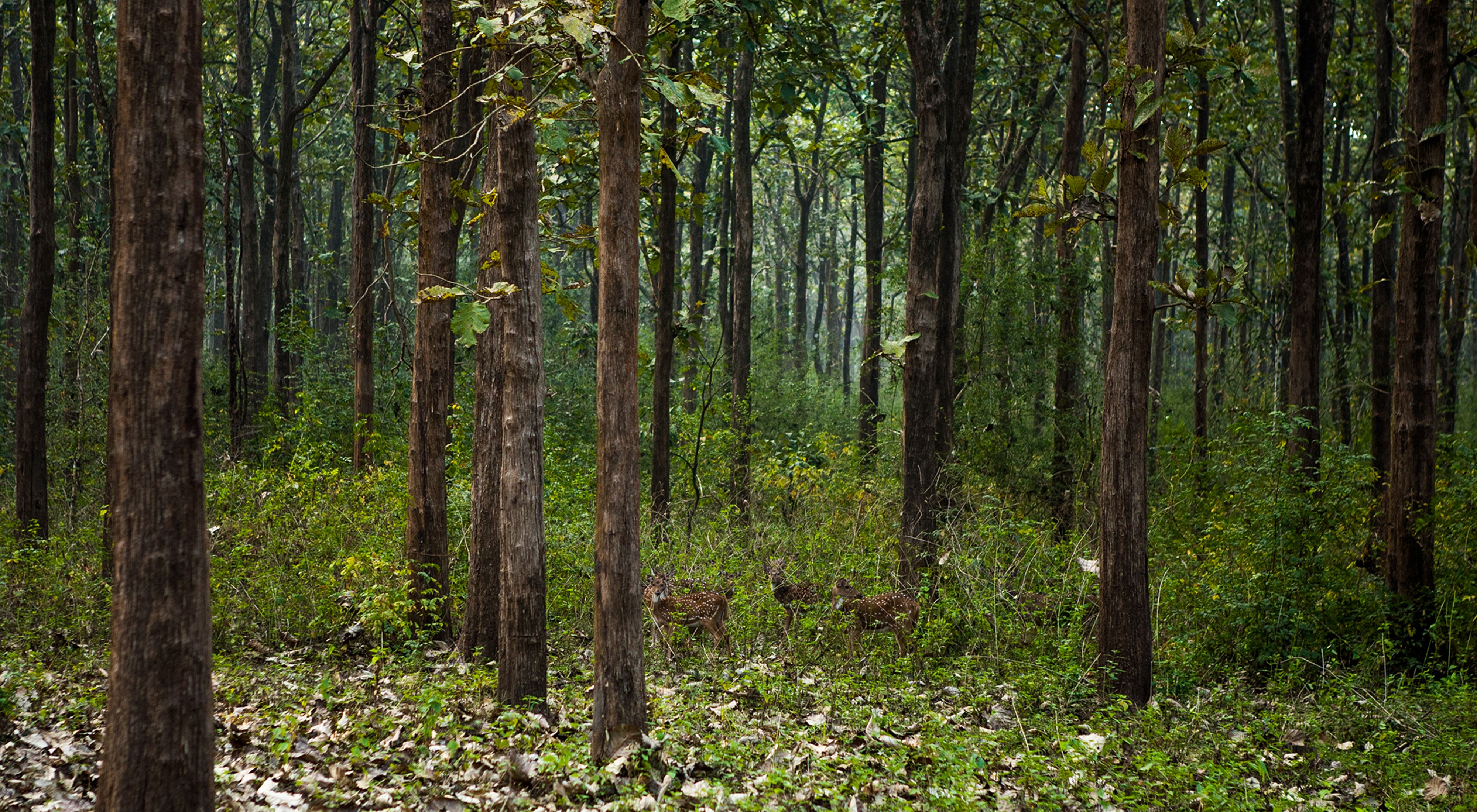The Nature Conservancy supports and welcomes a bold decision by the 15th Finance Commission to enable better forest conservation across India. We are proud that the recommendations we made to the Commission on strengthening India’s forest cover are mentioned in the Commission's main report and has in some way positively influenced this decision.
Recently, the 15th Finance Commission recommended tax devolution formula for sharing taxes between the centre and states for 2021-22 through 2025-26. The central government has accepted these recommendations. In the tax devolution formula used to calculate states’ share, the Commission recommended a 10% weightage to ‘forest and ecology’ during the next five fiscal years. This translates to a projected tax devolution of INR 4,22,476 crore (US$58 billion) over five years to states primarily due to their forest wealth. To put this in perspective, it is more than 66 times the annual budget of Pradhan Mantri Jan Arogya Yojana — Ayushman Bharat, the central government’s flagship scheme focused on free health care for half a billion people.
States with high dense forest cover would have a larger share of the forest cover-based tax devolution than their counterparts with lower dense forest cover. The top five states in India with high dense forest cover are Arunachal Pradesh, Madhya Pradesh, Chhattisgarh, Maharashtra and Odisha. Consequently, these states will receive maximum funds under the ‘forest and ecology’ criterion. As these five states are home to 49% of India’s dense forests, they will cumulatively receive the same percentage of funds in the tax devolution to states.
While 10% of tax devolution to states will be due to a ‘forest and ecology’ criterion, the rest would be calculated based on five criteria: income distance (45%), demographic performance (12.5%), population (15%), area (15%), and tax and fiscal efforts (2.5%). Illustratively, Arunachal Pradesh scores low on these five criteria but has significant area under dense forest cover (51,652 km2, or 13.3% of India’s dense forest cover). Consequently, of the gross tax devolution of INR 74,229 crore (US$10.2 billion) to the state, INR 56,198 crore (US$7.7 billion), or 76% of its tax devolution would be due to its forest wealth. Similarly, Uttarakhand (41%), Meghalaya (33%), Himachal Pradesh (32%) and Mizoram (31%) are projected to receive a significant portion of their tax devolution due to the ‘forest and ecology’ criterion. Notably, six north-eastern states (Arunachal Pradesh, Meghalaya, Mizoram, Manipur, Nagaland and Tripura) are projected to receive more than 20% of their tax devolution due to the ‘forest and ecology’ criterion.
India has significant domestic and international commitments to reduce its carbon emissions. Forests play a pivotal role as a ‘carbon sink’ and protecting and restoring them are part of a suite of climate actions we at The Nature Conservancy refer to as Natural Climate Solutions.
As every state has unique agro-climatic conditions, the strategies to enhance their forest cover are also unique. However, there are a some principles that apply for most parts of India, for example:
- Agroforestry has the potential to enhance farmers’ income as well as the green cover.
- Forest restoration and reforestation, with priority on native tree species, supports wildlife and local communities.
- Urban forestry initiatives improve air quality – a common challenge for most of the cities across the country.
Apart from the environmental, economic and social significance of this initiative, the health co-benefits of trees and green space are well-known and rooted in science. Hence, to build a healthy India, it is imperative to strategically invest in nature and ensure that the funds allotted due to the forest cover are utilized to actually improve forest cover.
The 15th Finance Commission’s recognition of ‘forest and ecology’ among the six criteria that define tax devolution to states is a testament to the importance of the forest sector and tangible revenues it can generate, proving that in fact, money does indeed grow on trees!


